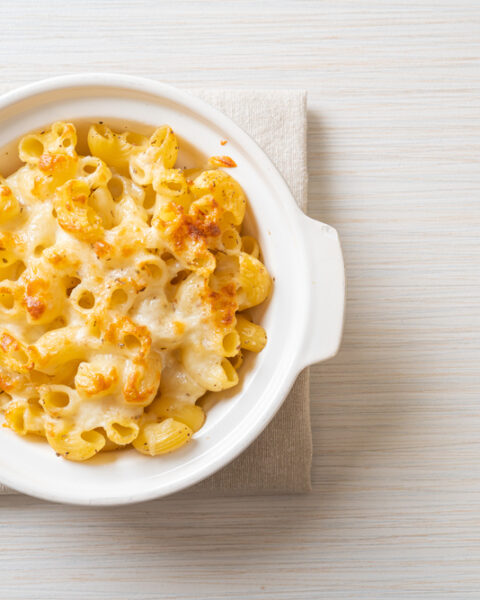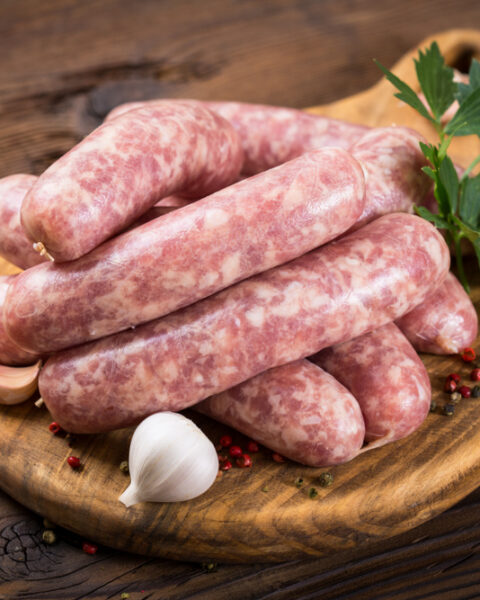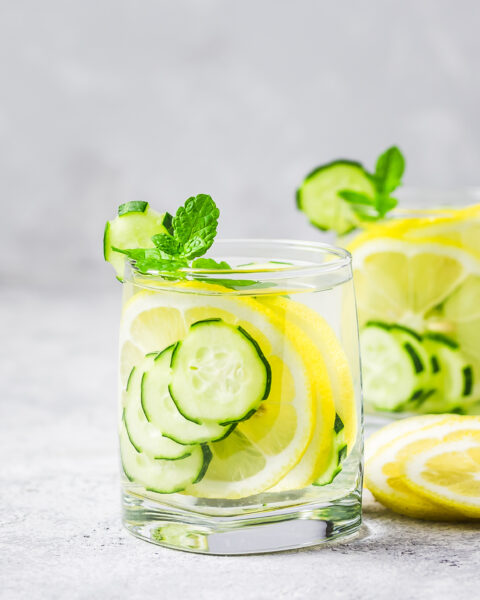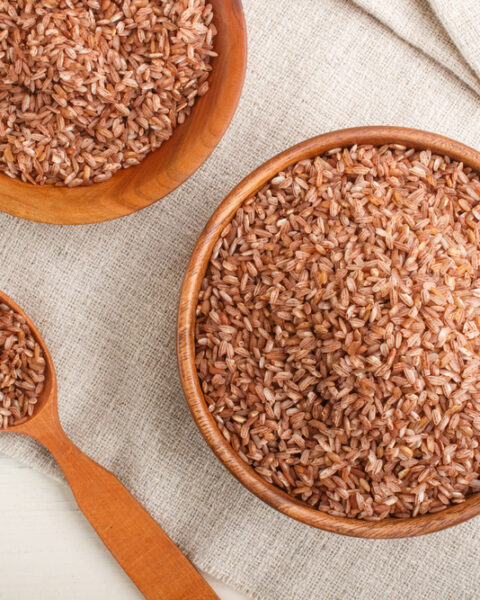Sometimes, the best protein sources come from the most unexpected places. While we all know about chicken, eggs, and beans, there’s a whole world of lesser-known foods that pack a surprising protein punch. Whether you’re exploring plant-based choices or just want to step outside the usual options, this list has something for everyone. Let’s uncover some of the most unusual, yet protein-packed, foods you might not have thought of before!
Contents
- 1 Spirulina
- 2 Hemp Seeds
- 3 Mycoprotein
- 4 Textured Vegetable Protein (TVP)
- 5 Chia Seeds
- 6 Edamame
- 7 Quinoa
- 8 Pumpkin Seeds
- 9 Nutritional Yeast
- 10 Green Peas
- 11 Artichokes
- 12 Black Beans
- 13 Broccoli
- 14 Amaranth
- 15 Jackfruit Seeds
- 16 Cottage Cheese
- 17 More From RetailShout
- 18 This Week’s 12 Hottest Finds at Costco (12/01/2024)
- 19 12 Walmart’s Best Christmas Tree Deals for a Festive Holiday
Spirulina
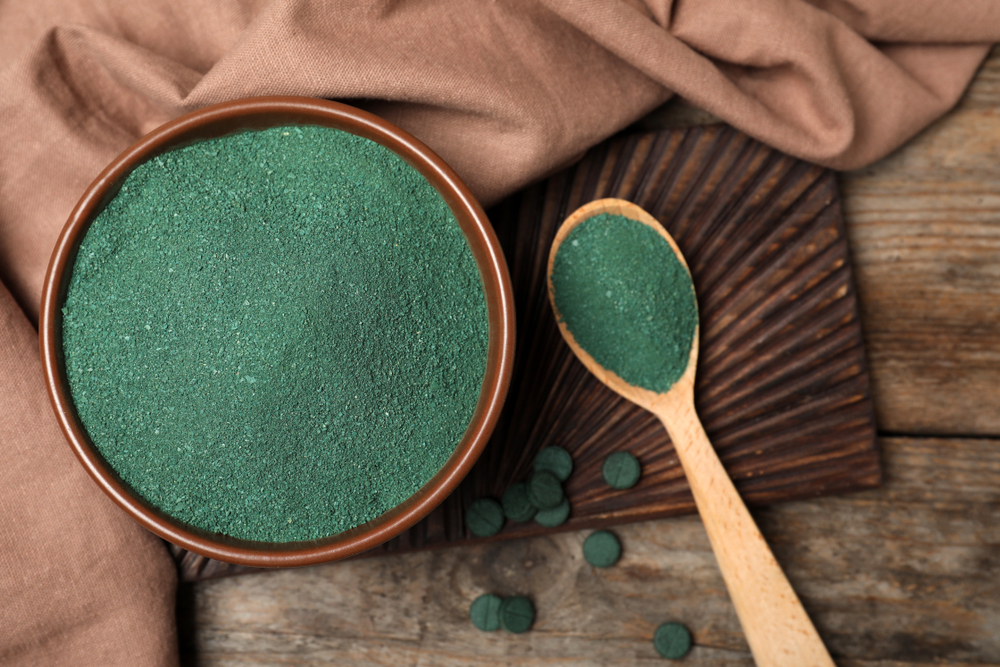
Spirulina is a blue-green algae renowned for its impressive protein content, offering about 4 grams per tablespoon. This microalga is also rich in essential amino acids, making it a complete protein source. Beyond protein, spirulina provides vitamins, minerals, and antioxidants, contributing to overall health. It’s commonly consumed as a powder, added to smoothies, juices, or energy bars. Its nutrient density makes it a popular supplement among health enthusiasts.
Hemp Seeds
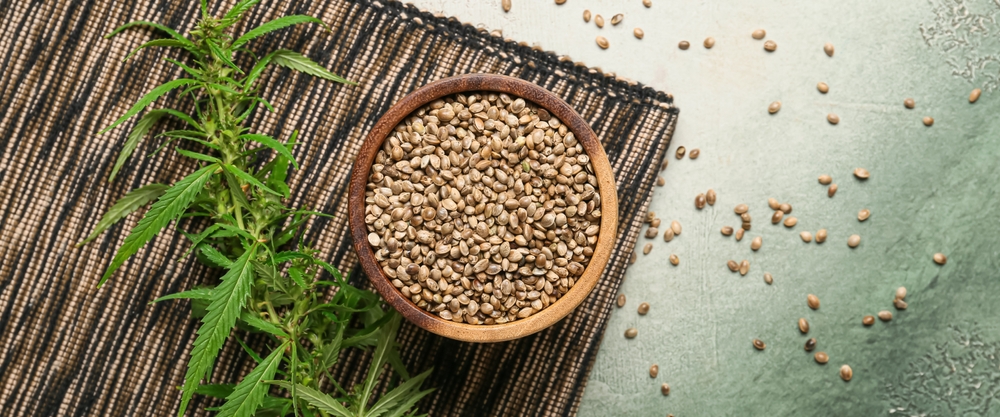
Hemp seeds deliver approximately 9.5 grams of protein per 3-tablespoon serving. They contain all nine essential amino acids, qualifying them as a complete protein source. Additionally, hemp seeds are rich in healthy fats, particularly omega-3 and omega-6 fatty acids. Their mild, nutty flavor makes them a versatile addition to salads, smoothies, and baked goods. Incorporating hemp seeds into your diet can boost both protein intake and heart health.
Mycoprotein
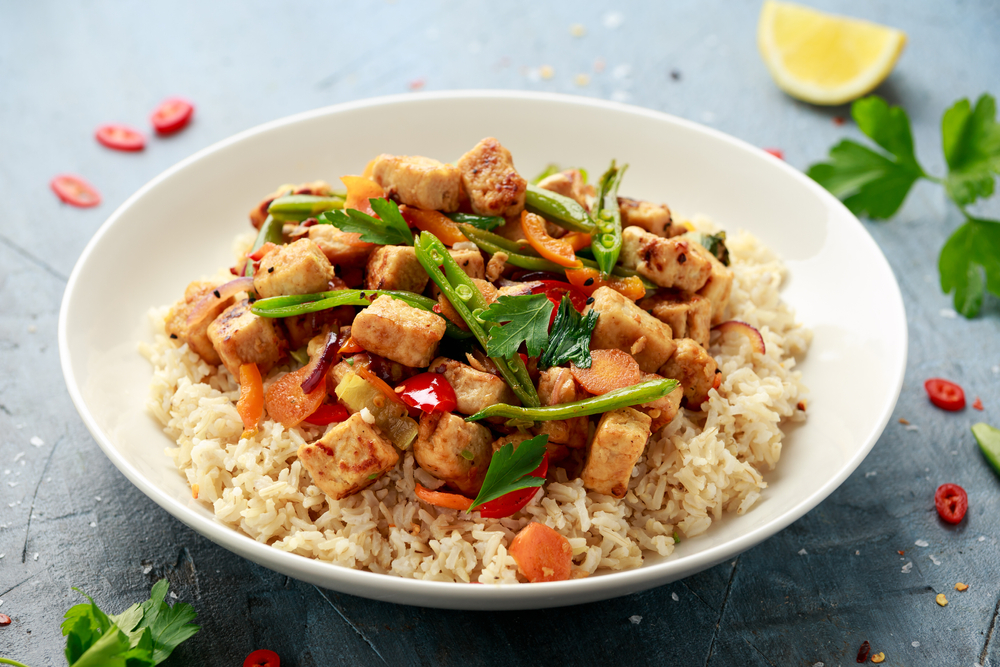
Derived from fungi, mycoprotein offers a substantial protein content, with products like Quorn providing about 15 grams per 100 grams. It’s low in saturated fat and cholesterol-free, appealing to those seeking heart-healthy protein alternatives. Mycoprotein-based products mimic the texture of meat, making them popular in vegetarian and vegan diets. However, individuals with mold allergies should exercise caution, as adverse reactions have been reported. Overall, mycoprotein serves as a sustainable and nutritious protein source.
Textured Vegetable Protein (TVP)
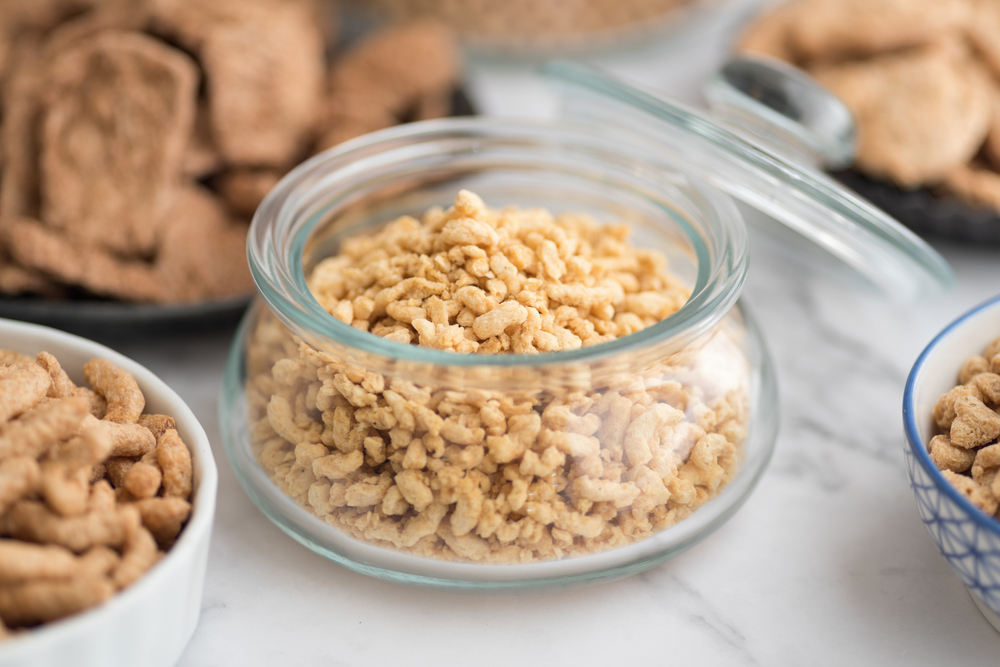
TVP is a dehydrated soy product containing about 50 grams of protein per 100 grams. It’s made from defatted soy flour and is often used as a meat substitute in various dishes. When rehydrated, TVP absorbs flavors well, making it versatile for recipes like chili, tacos, and stews. It’s also low in fat and contains no cholesterol, aligning with heart-healthy dietary choices. TVP is a cost-effective way to increase protein intake, especially in plant-based diets.
Chia Seeds
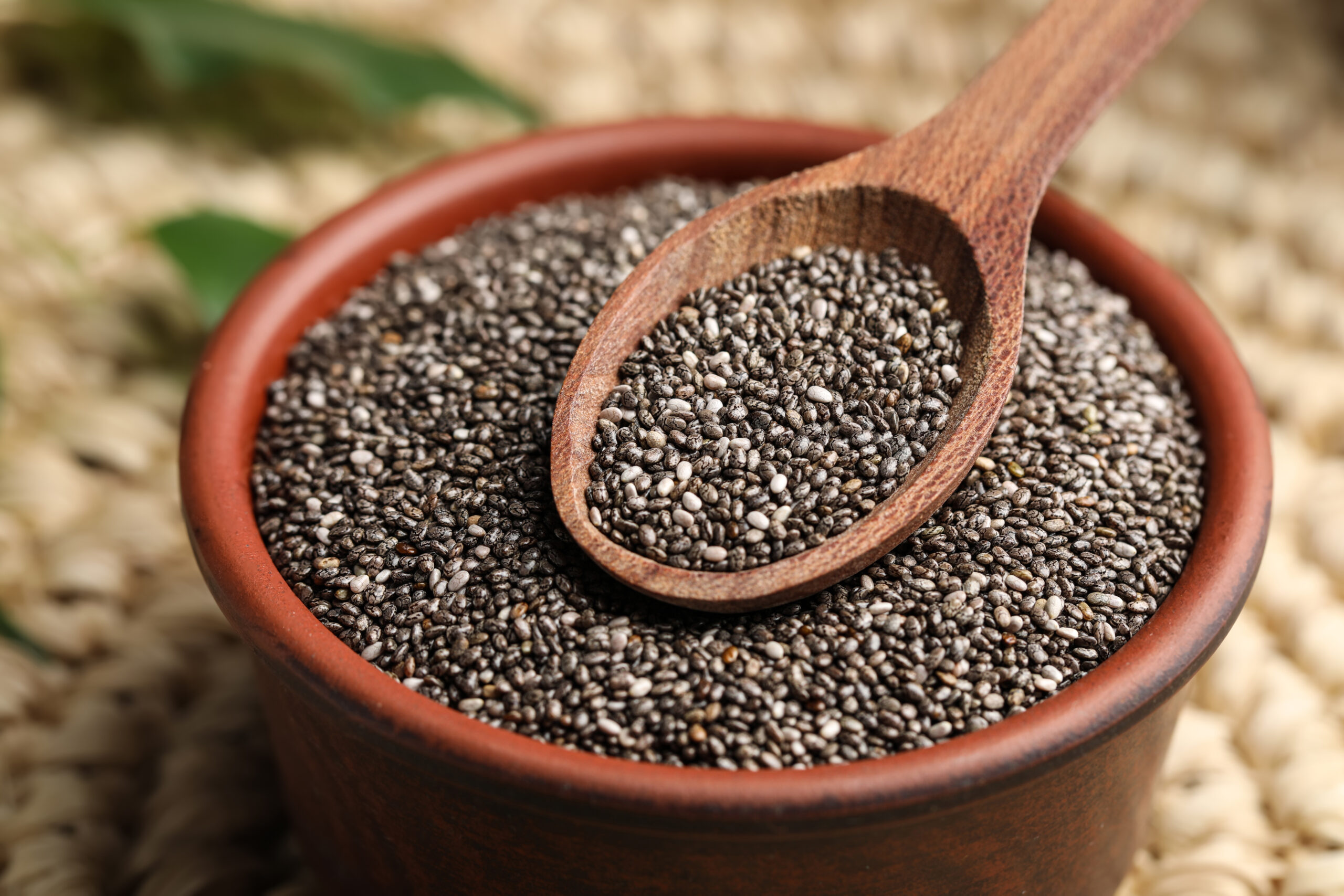
Chia seeds provide about 5 grams of protein per ounce (approximately 2 tablespoons). They are also high in fiber and omega-3 fatty acids, promoting digestive health and reducing inflammation. When mixed with liquid, chia seeds form a gel-like consistency, making them ideal for puddings and smoothies. Their mild flavor allows for easy incorporation into various dishes without altering taste profiles. Including chia seeds in your diet can enhance both protein and nutrient intake.
Edamame
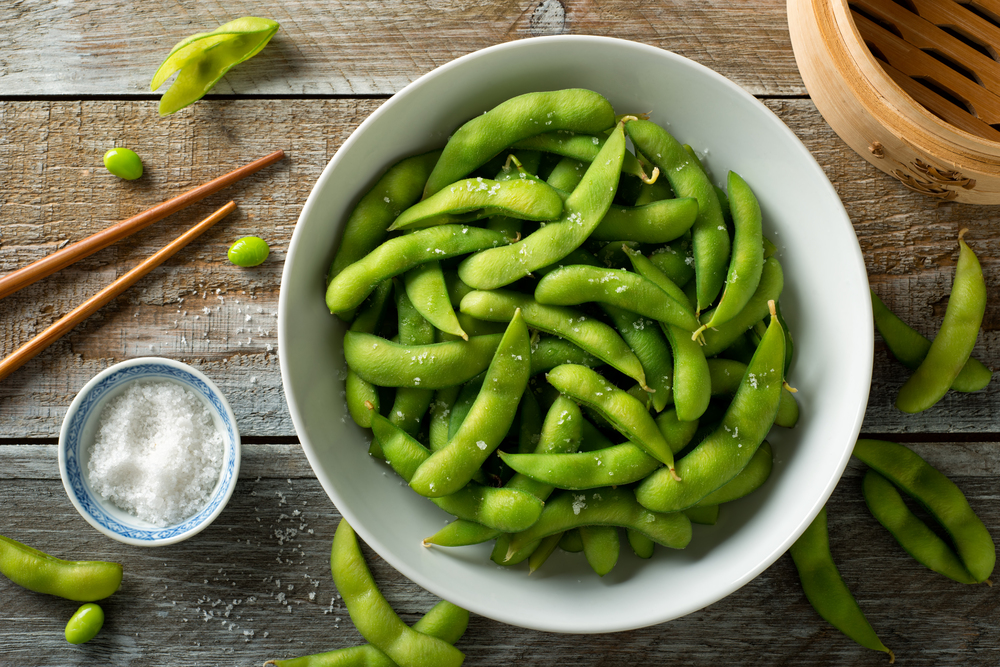
Edamame, or young soybeans, offer about 18 grams of protein per cup when cooked. They are also rich in fiber, vitamins, and minerals, contributing to overall health. Commonly enjoyed as a snack or added to salads and stir-fries, edamame provides a plant-based protein boost. Their slightly sweet and nutty flavor makes them a popular choice in various cuisines. Incorporating edamame into meals can enhance protein intake and dietary variety.
Quinoa
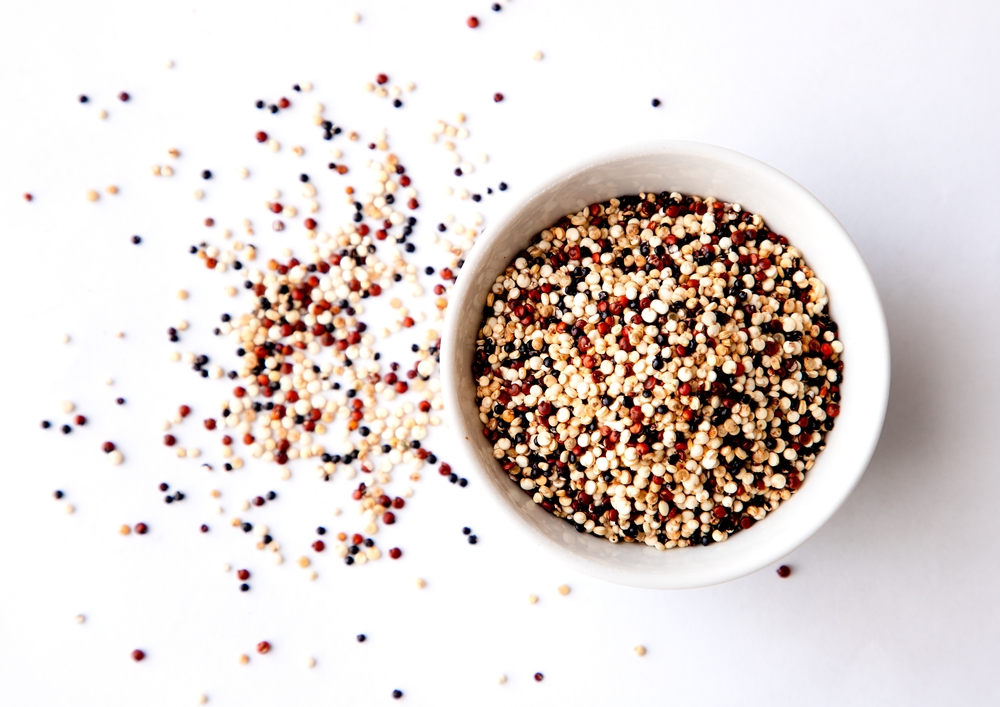
Quinoa is a pseudocereal that contains about 8 grams of protein per cooked cup. It is considered a complete protein, providing all nine essential amino acids. Quinoa is also high in fiber, iron, and magnesium, supporting various bodily functions. Its versatility allows it to be used in salads, soups, and as a rice substitute. Including quinoa in your diet can diversify protein sources and enhance nutritional intake.
Pumpkin Seeds

Pumpkin seeds, or pepitas, offer about 7 grams of protein per ounce. They are also rich in healthy fats, magnesium, and antioxidants, promoting heart health. These seeds can be eaten raw, roasted, or added to various dishes like salads and granola. Their crunchy texture and nutty flavor make them a delightful addition to meals and snacks. Incorporating pumpkin seeds can boost protein intake and provide essential nutrients.
Nutritional Yeast
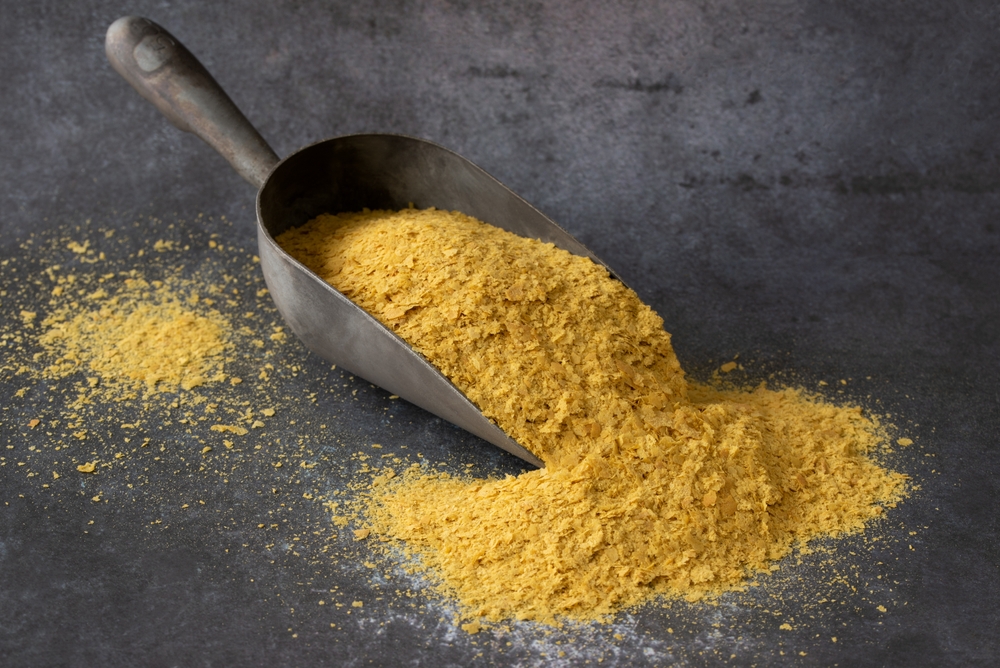
Nutritional yeast provides about 8 grams of protein per 2 tablespoons. It’s also fortified with B-vitamins, including B12, which is crucial for vegetarians and vegans. With a cheesy, nutty flavor, it’s commonly used as a seasoning on popcorn, pasta, and vegetables. Nutritional yeast is low in fat and contains no added sugars, aligning with various dietary preferences. Adding nutritional yeast to your diet can enhance both flavor and protein content.
Green Peas
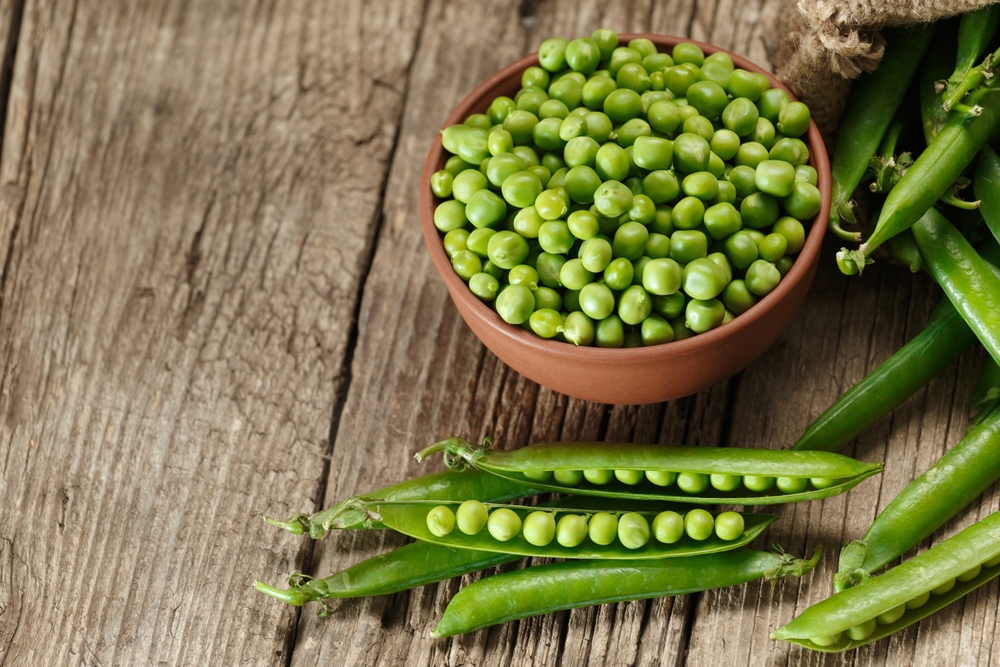
Green peas offer about 8.6 grams of protein per cooked cup. They are also high in fiber, vitamins A, C, and K, supporting immune function and bone health. Green peas can be added to soups, stews, salads, or served as a side dish. Their sweet flavor and tender texture make them a versatile ingredient in various cuisines. Including green peas in meals can boost protein intake and provide essential nutrients.
Artichokes
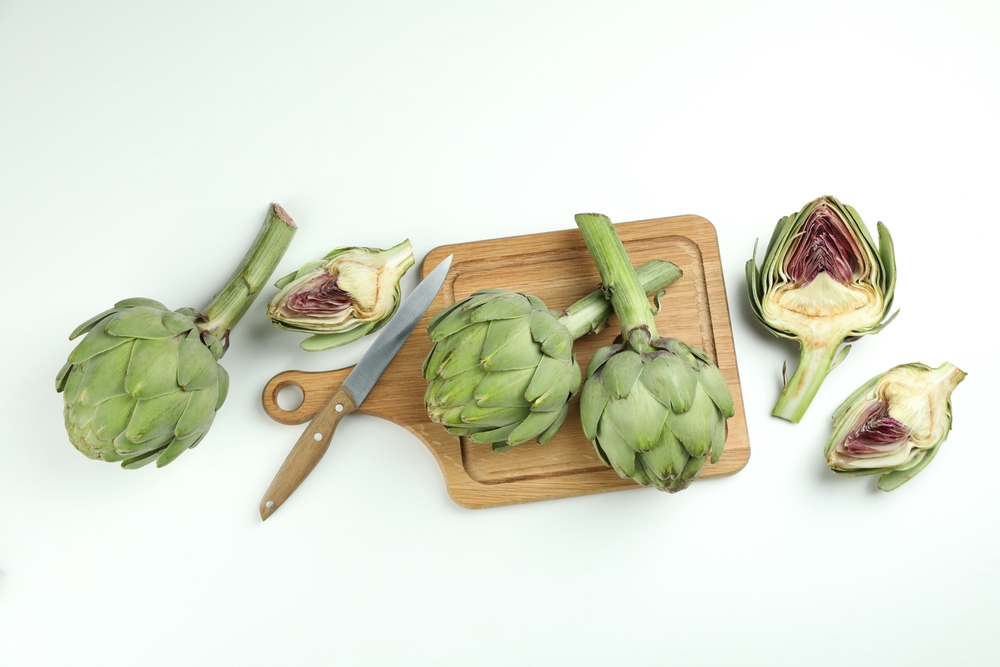
Artichokes contain about 4 grams of protein per cooked cup. They are also rich in fiber, vitamin C, and folate, promoting digestive health and supporting cell function. Artichokes have a mild, nutty flavor and are often steamed, roasted, or added to salads and dips. They are a unique way to increase protein intake while benefiting from their antioxidant properties. Including artichokes in your diet can enhance both taste and nutrition. This versatile vegetable is a great addition to plant-based meals.
Black Beans

Black beans provide about 15 grams of protein per cooked cup, making them a valuable plant-based protein source. These legumes are also packed with fiber, aiding in digestion and promoting satiety. Black beans are versatile and can be used in soups, stews, tacos, and salads. Their rich, earthy flavor pairs well with a variety of seasonings and ingredients. Incorporating black beans into meals is an excellent way to boost protein and overall nutrition.
Broccoli
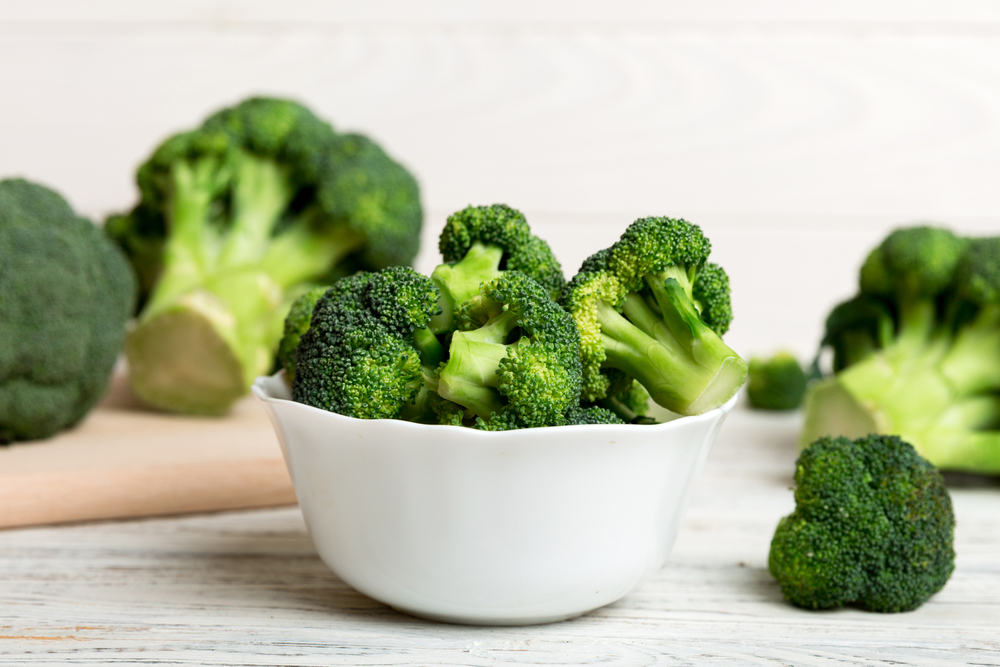
Broccoli offers about 2.5 grams of protein per cooked cup and is rich in vitamins C and K. It contains compounds like sulforaphane, known for their cancer-fighting properties. This cruciferous vegetable can be steamed, roasted, or blended into soups for a nutrient-packed meal. Its slightly bitter flavor transforms when cooked, adding depth to dishes. Broccoli is a surprising yet effective way to include more protein in your diet.
Amaranth
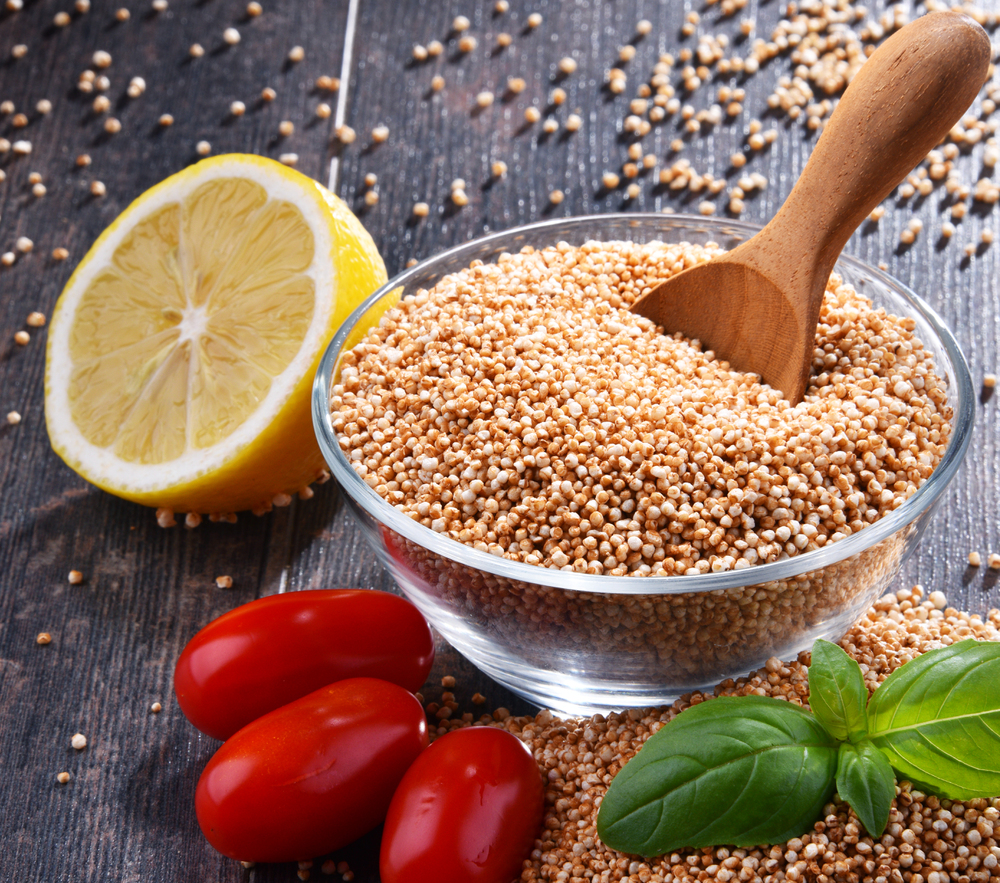
Amaranth is a gluten-free grain containing about 9 grams of protein per cooked cup. This ancient grain is also a complete protein, offering all essential amino acids. Its nutty flavor and slightly chewy texture make it ideal for porridge, salads, or as a rice substitute. Amaranth is also rich in iron, magnesium, and fiber, supporting overall health. Including amaranth in your meals adds variety and boosts protein intake.
Jackfruit Seeds
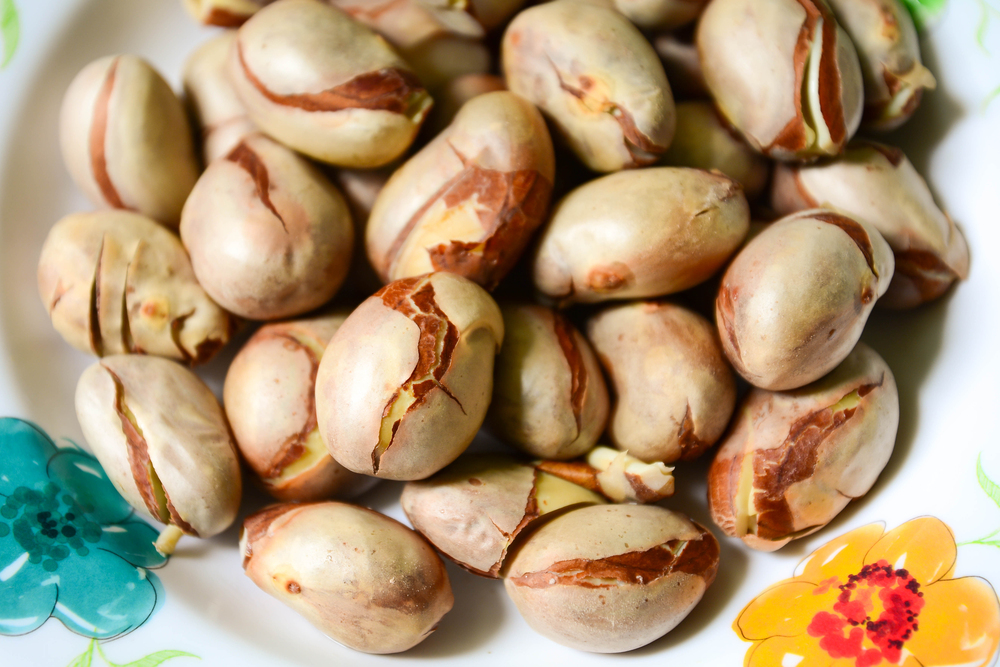
Jackfruit seeds contain about 7 grams of protein per 100 grams when cooked. These seeds are also rich in fiber, potassium, and antioxidants. Often boiled or roasted, they have a mild, nutty flavor that complements various dishes. Jackfruit seeds are a sustainable protein source, often overlooked in favor of the fruit itself. Including them in your diet is a creative way to explore unusual plant-based protein sources.
Cottage Cheese

Cottage cheese is an unexpected high-protein food, containing about 28 grams per cup. It’s low in calories and rich in calcium, making it ideal for weight management and bone health. Its creamy texture and mild flavor make it a versatile ingredient for both savory and sweet dishes. Cottage cheese can be paired with fruits, vegetables, or used as a topping for toast. This protein-packed food is a staple in many healthy diets.
This article originally appeared on RetailShout.
More From RetailShout
13 Must-Have Hearth and Hand Holiday Decor from Target

The holidays are all about creating special moments, and your home’s decor plays a big part in setting the mood. Target’s Hearth & Hand collection by Magnolia offers stunning holiday decor that’s both stylish and affordable. Read More.
This Week’s 12 Hottest Finds at Costco (12/01/2024)
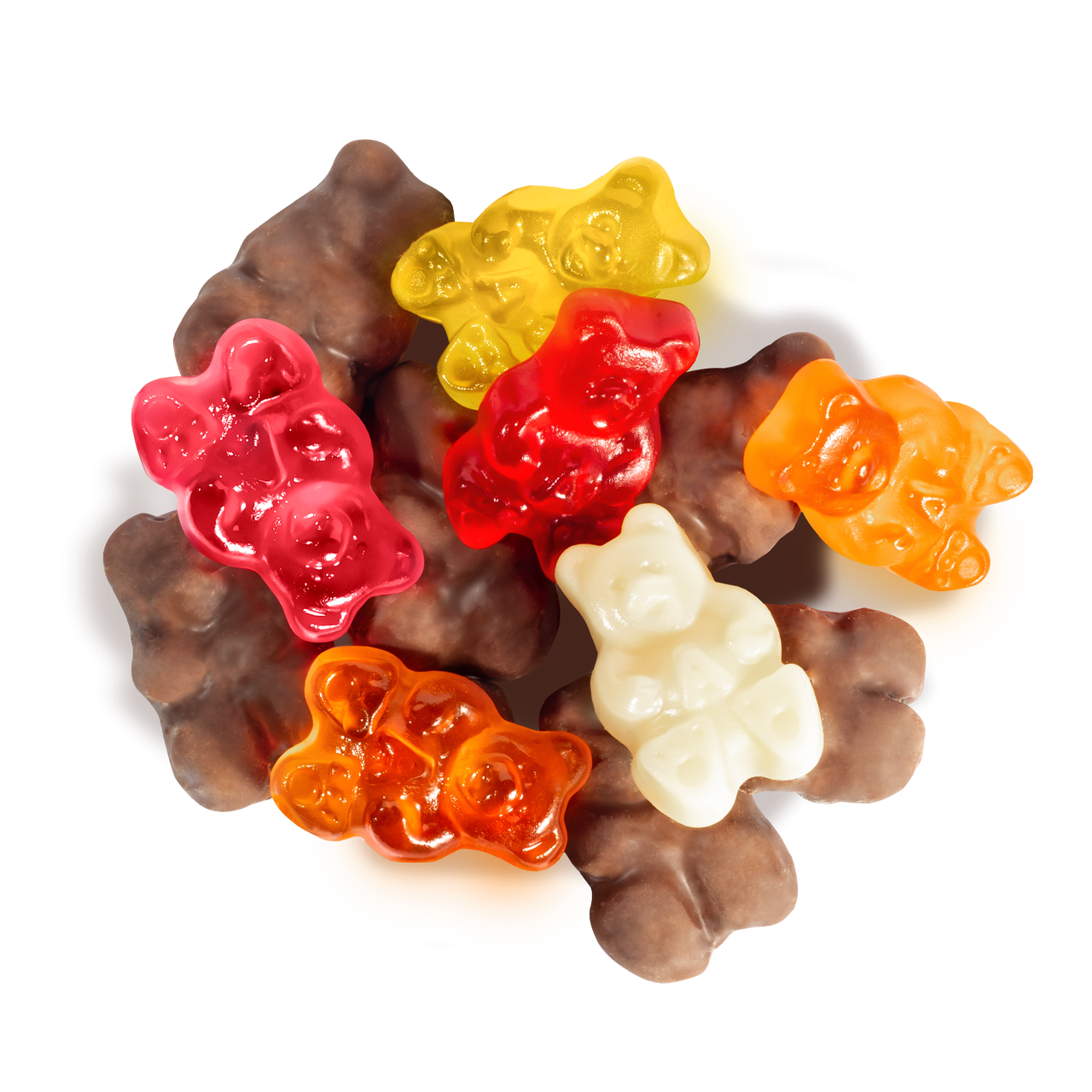
If you’re planning a Costco run this week, you’re in for a treat. The store is packed with new arrivals that are perfect for the season. From delicious snacks to handy household gadgets, these finds make shopping feel like a treasure hunt. Read More.
12 Walmart’s Best Christmas Tree Deals for a Festive Holiday
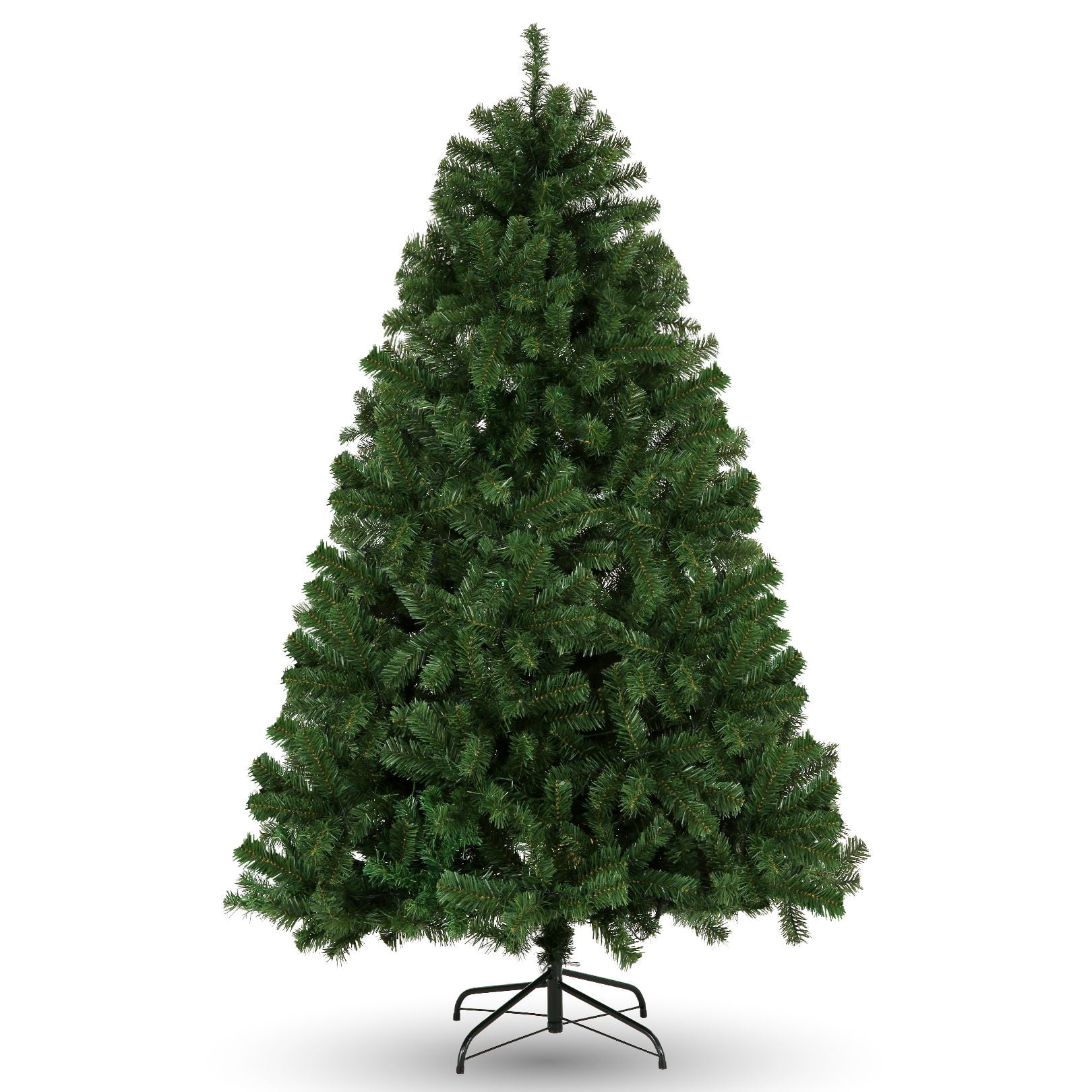
The holiday season is here, and it’s time to deck the halls with the perfect Christmas tree! Whether you love a classic green look, a trendy white tree, or even a bold pink statement piece, Walmart has some incredible deals to make your holiday sparkle without breaking the bank. Read More.


